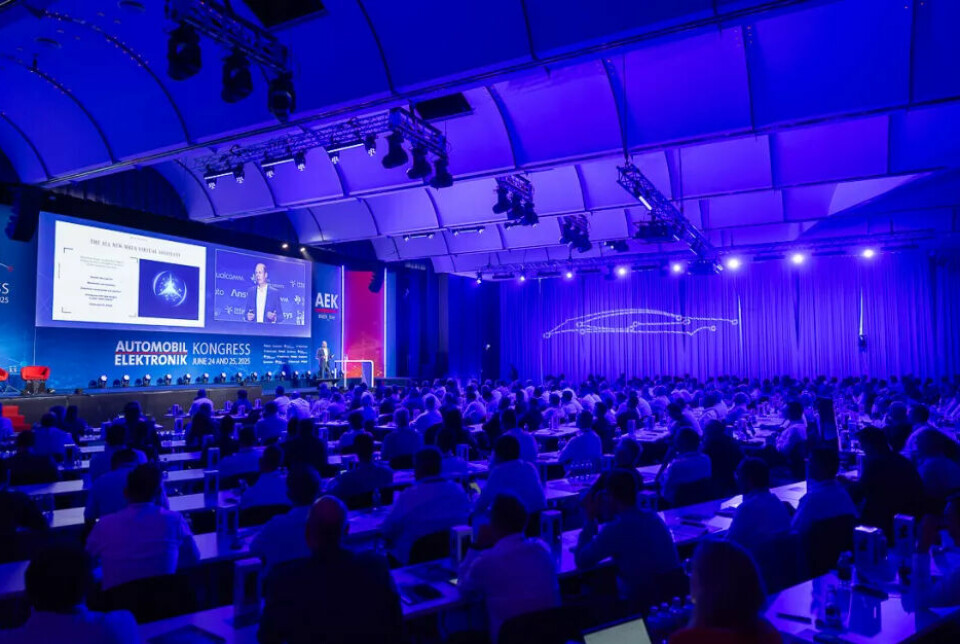Software Defined Vehicles
SDV project with ETAS
This is how Bosch aims to shorten development times

Bosch and ETAS want to significantly shorten the path to the software-defined vehicle as part of a joint development project. The initiative made it to the shortlist of the IT Team Awards by automotiveIT last year.
In view of the rapid growth of the software share in vehicles - according to McKinsey, the market for automotive software and electronics is expected to reach a volume of 462 billion US dollars by 2030 - Bosch has positioned itself ambitiously: "We are entering the age of the software-defined vehicle," explained Markus Heyn, Managing Director of Robert Bosch GmbH and Chairman of the Mobility Division, at Bosch's Tech Day 2024. "For Bosch, this is good news because we can do both: hardware and software."
Common standards and feedback loops
To collaborate better in this highly complex area, Bosch's Cross-Domain Computing division (XC) and its IT subsidiary ETAS have launched an initiative to optimise lead times in large software development projects. The two players were nominated for the IT Team Award by automotiveIT in the Software-Defined Vehicle category in 2024.
The aim of the project is to significantly increase efficiency and quality in cross-company software projects - through coordinated processes, unified tools, and systematic feedback loops. In practice, this means that Bosch XC and ETAS work along the entire V-model with standardised methods and transparent KPI tracking. The project teams rely on a closed feedback loop between the development and management levels to achieve continuous improvements in the value stream.
“Feedback in the project is ensured through the software developers' tickets, project management KPIs, technical KPIs, and quality metrics,” explains Matthias Burger, Director Engineering Business Excellence at Bosch Cross-Domain Computing Solutions. “These were not only standardised between Etas and Bosch in the mentioned projects but also integrated via connected tool interfaces.” This means the feedback loop is now completely closed - comparable to an internal project, says Burger. The integration concept has also been standardised, which means the manner of feedback has also been harmonised.
Bosch wants to take a holistic view of SDV
The shift to software-centric mobility also brings new vehicle architectures: Instead of hundreds of decentralised control units, a few powerful central vehicle computers will take over control in the future. Together with Qualcomm, Bosch has introduced a vehicle computer that combines infotainment and driver assistance functions in one device - with up to 30 percent savings potential in hardware costs.
To seamlessly network the diverse components, ETAS provides the middleware - the software that acts as a translator between physical hardware and application software. “Just as today there is almost no car without a Bosch part on board, in the future there will be no vehicle without lines of code from Bosch,” Bosch confidently states.
Result: faster, cheaper, better
The result of the lead-time project: faster market introduction, higher cost efficiency, better product quality. By integrating third-party software into a common system design, productivity and innovation in large-scale software projects can be significantly increased - a clear advantage in the increasingly competitive SDV market. "Problems and blockers in the project process are identified much faster and can be resolved promptly," emphasises Matthias Burger from Bosch. "The OEM can thus respond even faster to changing market conditions."
The success of the initiative will be quantified through operational metrics, explains Burger. These include Accelerate KPIs such as Lead Time Improvement, Deployment Frequency, Change Failure Rate, and Mean Time to Repair. "In particular, from the improvement of lead time, the savings per project in euros can be easily and transparently derived according to the value stream logic," outlines the Bosch expert.
The project is part of Bosch's ambitious plan to be the first point of contact for OEMs in the software sector in the future. "Bosch has long been a software company. We bring lines of code directly into products across the company with the help of our broad domain knowledge," said Bosch CEO Stefan Hartung last year. At the beginning of 2024, the supplier had announced that it would cut over a thousand jobs in the Cross-Domain Computing Solutions division. In view of the difficult economic situation, further job cuts could follow this year.
This
article was first published at automotiveit.eu

